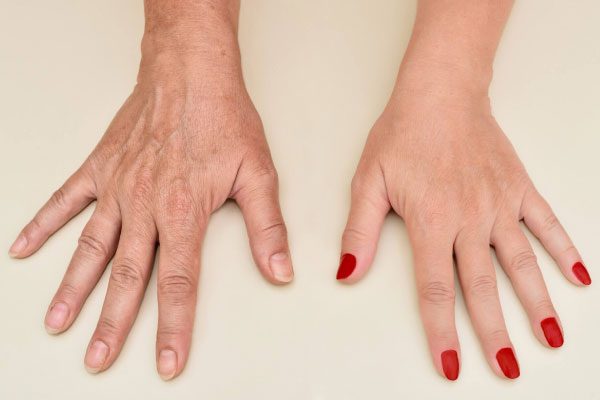
Are you bothered about wrinkled skin, age spots, or similar signs of aging that snatch away your hands’ youthful look? Aging is a natural process that all humans go through. Often times the most visible signs of aging, is not on our face (those mature lines that show wisdom) but it on our hands.
They say that you can truly tell a person’s age and the kind of life that they’ve led by looking at their hands. Sometimes no amount of lotions or preventive measures can help prevent signs of aging…on our hands. Trust us! You aren’t alone…
A vast majority of people over 50 or 60 stress a lot over the changes in the skin of their hands. It is a mandatory part of aging. Some develop age spots while some get wrinkles or sagging skin. There is no need to worry now because dermatological advancements have made it incredibly easy to have youthful-looking hands at any age.
Read on until the end, and you will learn all about how to diminish those stubborn signs of aging within no time safely.